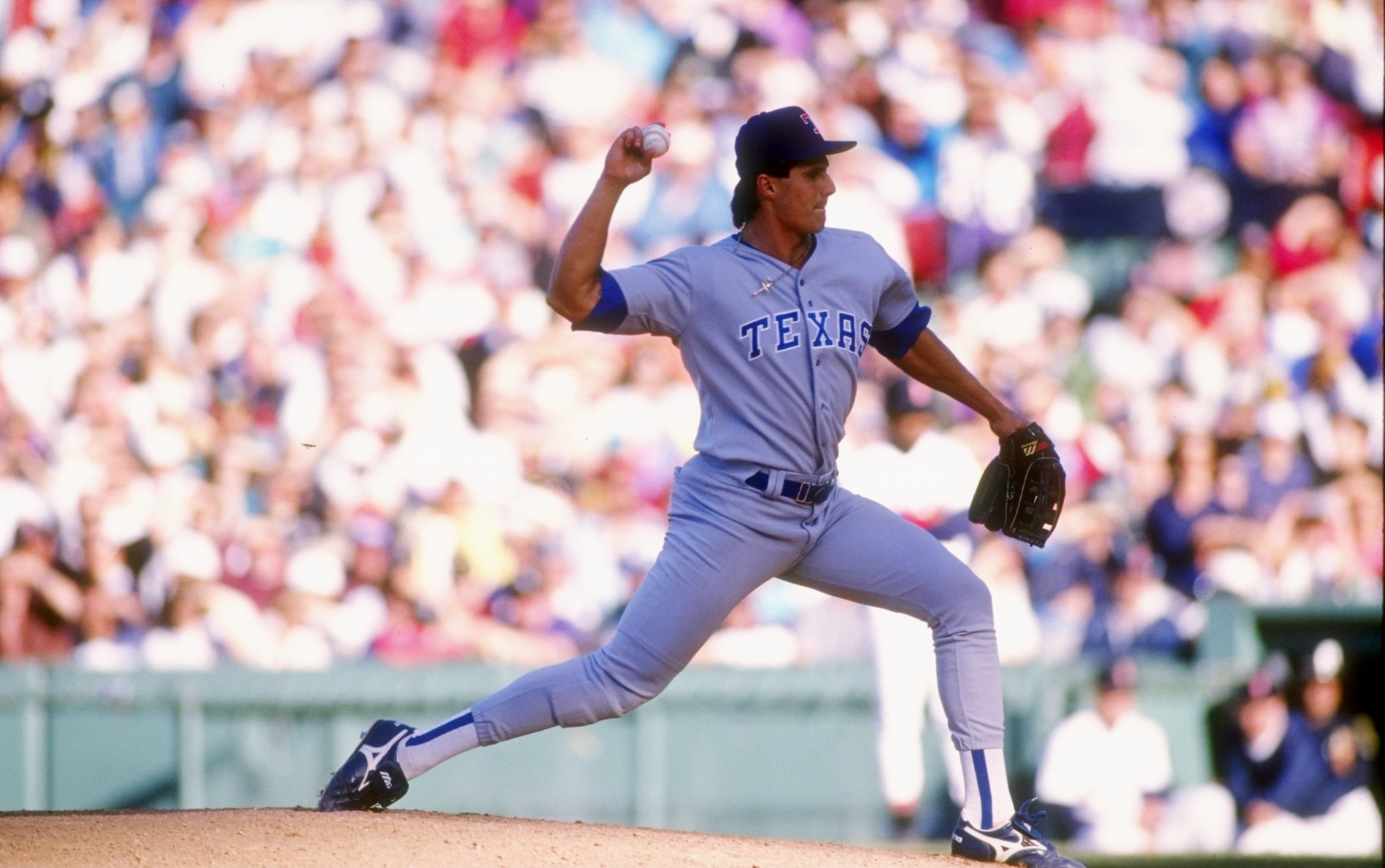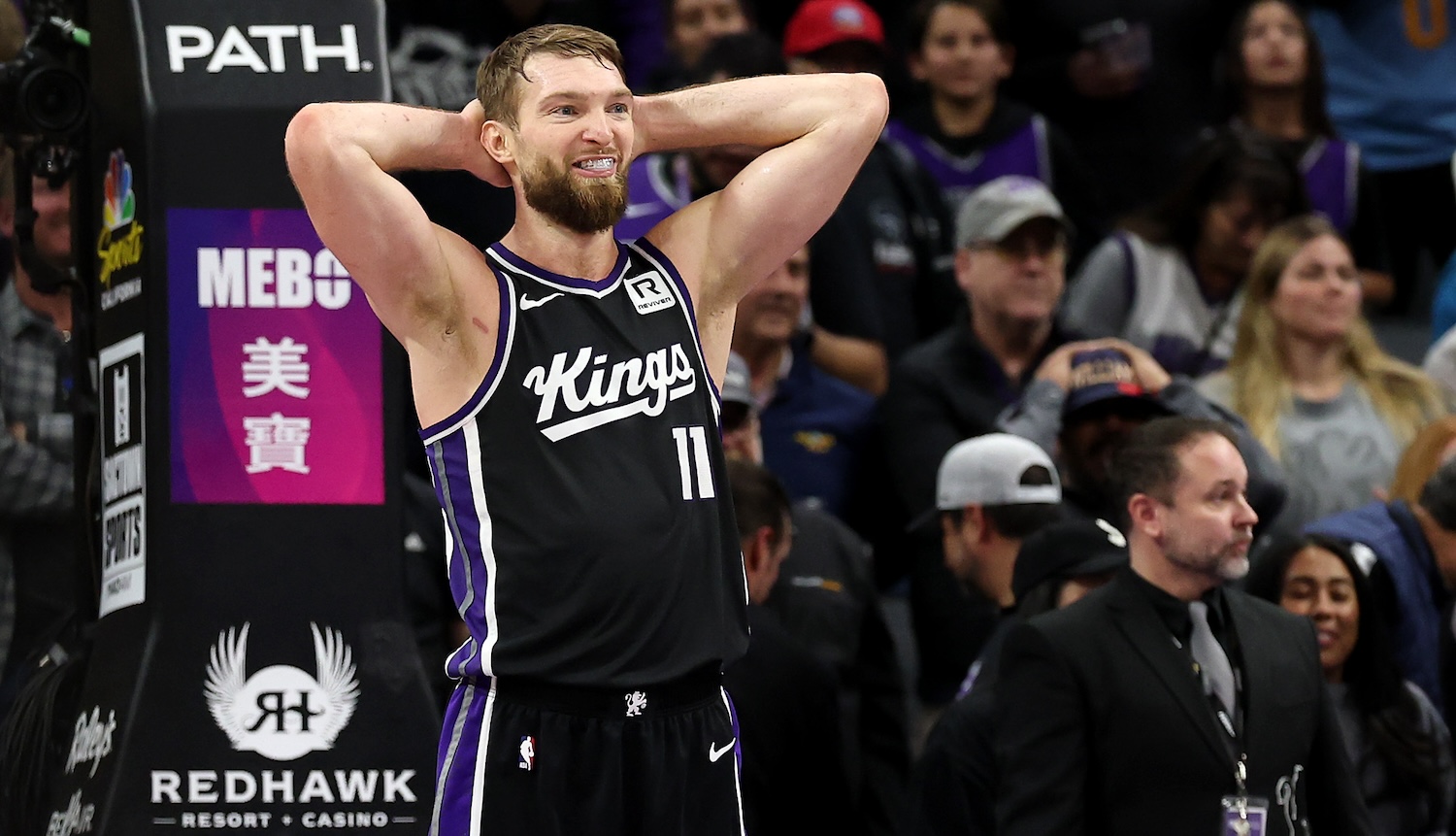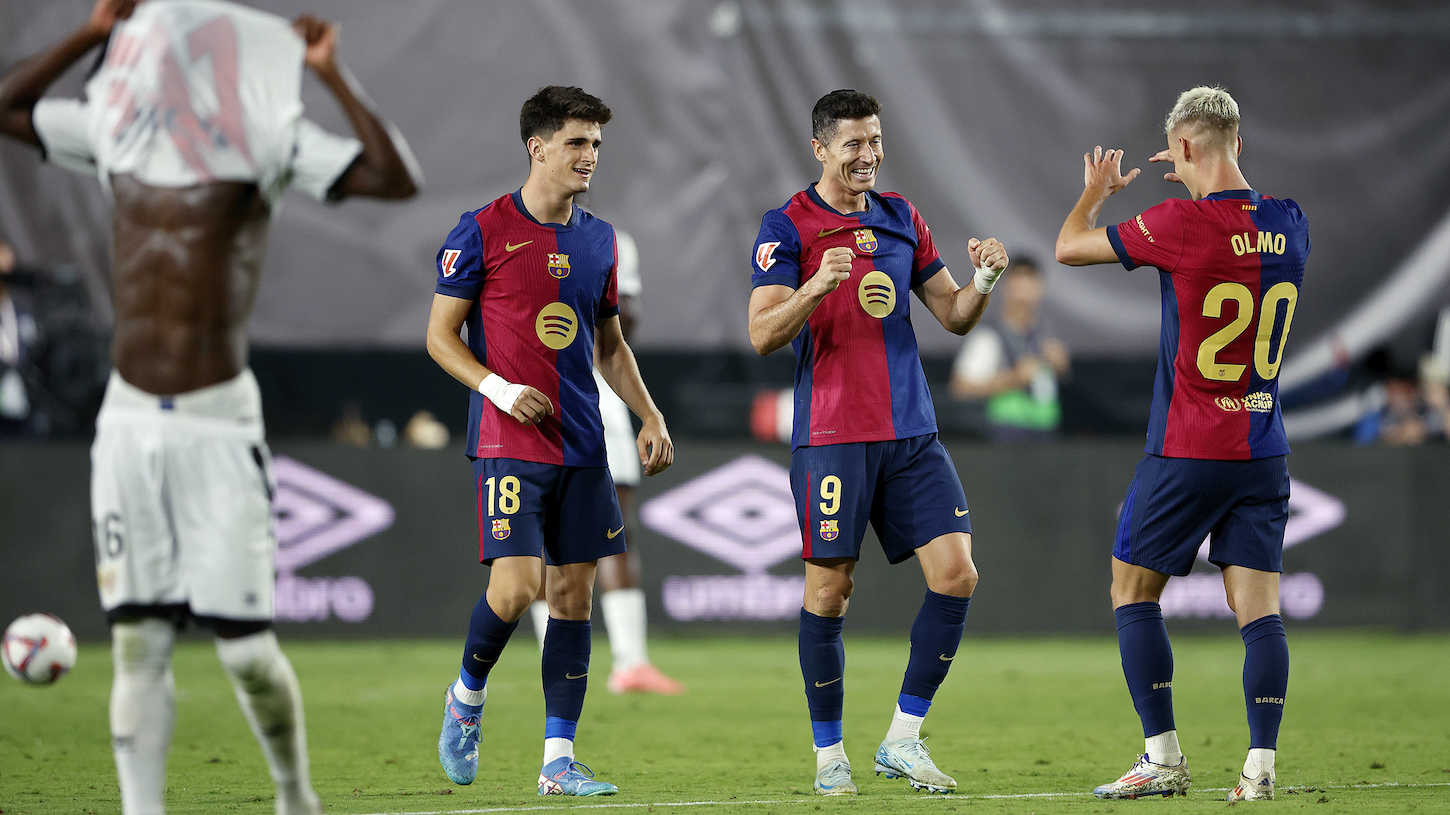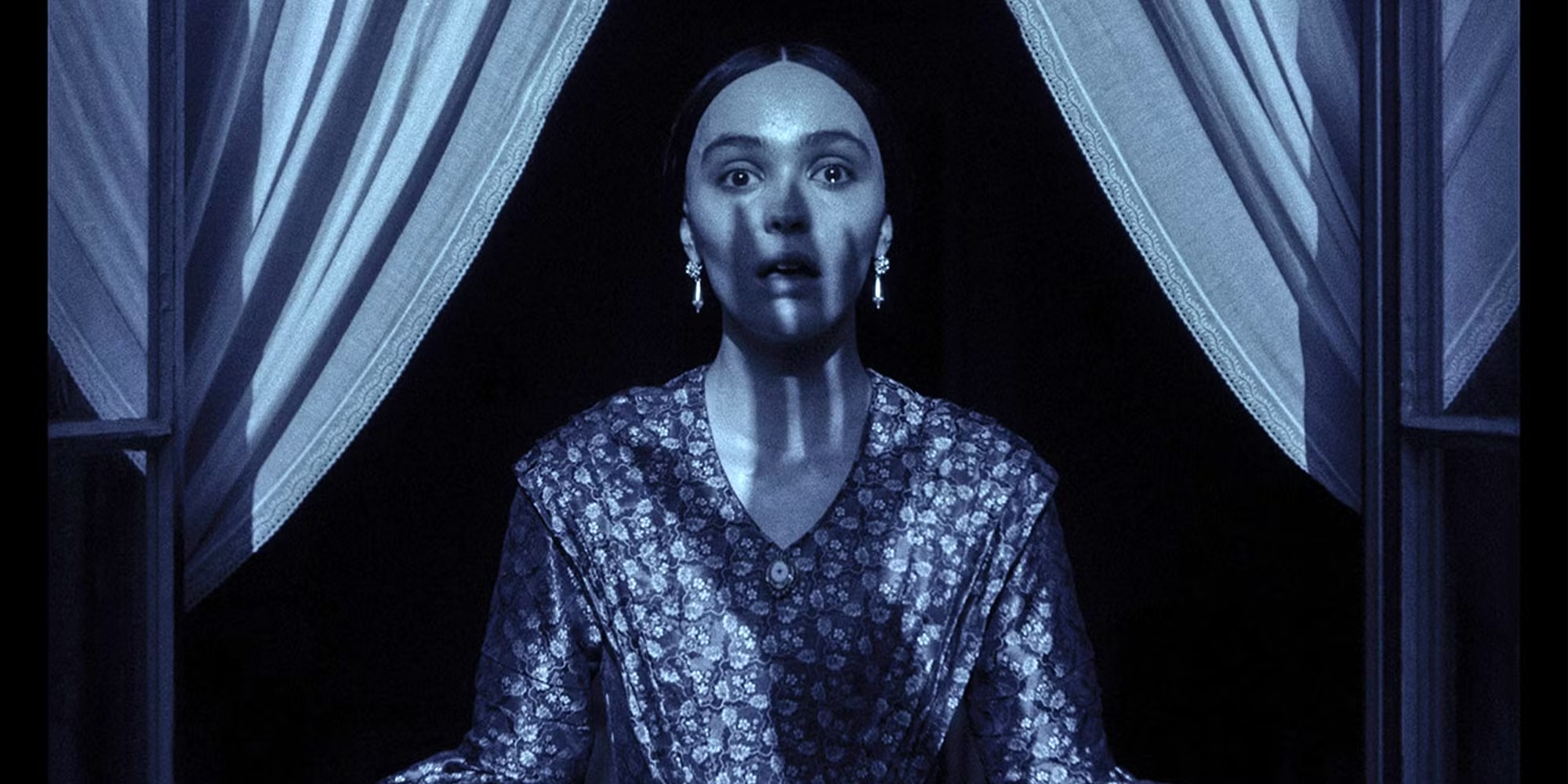The Mariners blew out the Yankees on Thursday night, and New York brought in utilityman Isiah Kiner-Falefa to mop up the ninth without taxing the bullpen any further. He was pretty good: his fastball sat high-70s, he retired Seattle in order, and he even recorded his first career strikeout in this, his third inning of work as an emergency pitcher this season.
RELIEVER OF THE YEAR SCORELESS 9TH FOR IKF pic.twitter.com/cmct0oyw1G
— Talkin' Yanks (@TalkinYanks) June 23, 2023
I sent a news story about this to Maitreyi, because she shares my love-hate relationship with our respective teams' light-hitting middle infielders. But because she does not share my desire for good things to happen to the New York Yankees I told her only to read the first four words of the headline: "IKF's history-making 9th," a reference for him being technically the first Yankees pitcher to homer since the pre-DH era. This got us to wondering how good at the plate a team's emergency pitcher would have to get for him to be removed from his role as emergency pitcher. It's a slightly cruel calculation—at a certain point, a hitter is too useful to his team to risk him getting injured as a pitcher, which by definition means that Kiner-Falefa is currently not quite valuable enough to rise to that level. Rude but fair.
As position players on the mound continue to regularly eat meaningless innings, even as MLB is legislating it down a bit, we were led to ponder the big question: Who was the best hitter to be a team's designated pitcher? We considered doing this properly, with math, which meant making Kathryn figure it out, but she's not around at the moment. So we did it improperly: We thought of good guys we remember throwing an inning here or there. She thought of Brandon Crawford, who did it a couple of weeks ago, but conceded that 2023 Brandon Crawford is not quite the same hitter as 2015 Brandon Crawford or even 2021 Brandon Crawford.
A similar caveat must be appended to my submission, a very vivid childhood memory of hall-of-famer Wade Boggs throwing a scoreless inning in the wee hours of a blowout loss in Anaheim. But Boggs, like Crawford, was toward the end of his career in 1999—still a useful hitter, but not Wade Boggs Wade Boggs. The Yankees would not be risking that Wade Boggs's arm falling off to keep it a 12-4 deficit.
This was the case for basically every good hitter who pitched in recent decades, like Ichiro for the Marlins: They only got on the mound toward the end of their careers.
So we went back a little further, to 1993, when Jose Canseco was still a legitimate slugger, coming off an all-star appearance and just two years removed from hitting 44 homers. Canseco pitched in high school and had spent all spring training agitating first-year Rangers manager Kevin Kennedy for the chance to throw an inning. His day came in late May in a blowout in Boston.
Canseco looks pretty good here, until you read the top comment on Youtube:
This video is a real testament to the power of editing. Canseco gave up three runs in a single inning AND tore a tendon in his elbow that required Tommy John surgery, but the footage would have us believe he was drawing fly outs like a seasoned veteran.
Uh-oh.
Kennedy discussed this incident in his 2006 book. When Canseco first approached him about pitching, Kennedy wrote,
[M]y first reaction was, “If I put you out there and you get hurt I’m done as a manager.”
I understood how he felt because I had actually pitched twice in Triple-A. But the big-money guys are the ones you really try to protect, for a variety of reasons. Not wanting to just spring the idea on everyone cold turkey, I went to the GM, Tom Grieve, and to George Bush, making them aware that Jose had volunteered to pitch and really wanted a chance to throw an inning.
If you weren't picturing then-owner George W. Bush being informed by an aide, "Sir, Jose Canseco needs Tommy John Surgery," well, you are now.
Back to Kennedy:
One day we were getting killed by the Red Sox at Fenway, a real blowout, and I had used up the pen the day before. Jose was DHing that game and I really needed a pitcher, the the perfect spot to let him throw his inning. He went down to the bullpen and in a minute I could hear the ball hitting the catchers mitt-hard. Pop! Pop! Pop! Pop! Because there were all sorts of fans down there watching, I think he was trying to show how hard he could bring it. I told [pitching coach] Claude Osteen to call the bullpen to sit him down. He had thrown enough. Unfortunately, he never sat down.
Then we called him in to pitch the ninth and right away I noticed that he was having trouble. Instead of 95-mph fastballs, he was throwing knuckleballs, almost lobbing them in. The Sox got a couple of hits and he was still not throwing a fastball. The next day he admitted he had felt some pain while throwing in the pen but hadn’t said anything, and then he told us his arm was a little sore.
Canseco actually played a few more weeks, but the pain got worse and he was diagnosed with a UCL tear. Doctors said it was a progressive tear, meaning it had probably started to fray before Canseco decided to play Roger Clemens with his warm-up pitches, but that almost certainly made it worse. He had surgery in July, ending his season.
So, to answer an ancillary question of this blog: Jose Canseco is likely the reason no team's emergency pitcher is a great or even good hitter. And to answer the headline question: It's Ted Williams.





